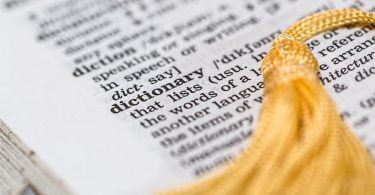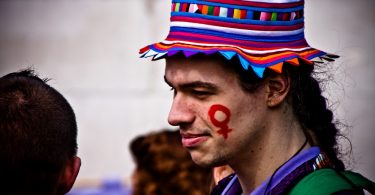A few years ago a boy in a history seminar made a comment which has stayed with me ever since. When asked to discuss the role of women, he leaned back and casually said, “Well, women have nothing to do with war really, do they?”
I still regret that at the time I was too flabbergasted to respond properly. After all, we were in our fourth year of university history, in a specialist class. And we were discussing the Thirty Years War, the seventeenth century’s answer to the World Wars: a devastating period which dragged all of Europe and beyond into bloody conflict.
I know that it is commonly believed that European women’s military history only really begins with the creation of women’s official branches in the twentieth century. Until then, women were left at home, with nothing to do but wait. It is an easy assumption to make, and it is totally wrong.
Women’s involvment in War
Although women in the early modern period rarely (but not never) joined the armed forces, war was far from irrelevant for them. Women ran businesses and raised families when husbands and fathers left for war, and mourned those who did not return. They kept farms and estates producing food and supporting the population. Some travelled with the men.
This was an era before professional armies, with official supply chains and support staff. Armies were like mobile towns, followed by supply wagons, cooks, launderers, nurses, prostitutes and even whole families. Armies, and society in general, may have been mostly led by men, but important parts were played by both men and women. Roles may have been divided along gender lines, but both sexes contributed to conflict, to economies, and to daily survival.

Image: WikimediaCommons/Imperial War Museum
War is not a battle; it is a conflict of whole nations, not only the half supposedly biologically selected to be soldiers. Women trapped in besieged cities defended themselves with rocks, farming tools, and whatever came to hand. When cities fell after refusing an offer to surrender, a conquering army had no mercy to any of the inhabitants, male or female. Those who lived where armies passed often faced famine after their supplies were taken to feed the soldiers or destroyed to prevent a pursuing force living off the land. During the Thirty Years War between thirty and forty per cent of Germany’s population died as a result of the devastation, without gender discrimination.
Beyond self defence
Some women went beyond self-defence. There are cases of women successfully joining the army disguised as men – like Christian Davies, the ‘Mother Ross’ of the Fourth Dragoons – how many we do not know, for obvious reasons. Other women, particularly of high rank, led their own troops into battle to defend their lands or beliefs, like Lady Anne Cunningham.
There are famous cases of women who utterly defied gender stereotypes throughout history; Boudicca, Fu Hao, Joan of Arc, or Anne Bonney, to name but a few.

Image: Wikimedia Commons/Joan of Arc (1505)
Women did not suddenly develop courage or initiative when the population depletion of the World Wars required official military systems to give them active roles. So why, then, do we think that the military is an all-male area of history? Why was my historian classmate so confident in saying that war and women had nothing in common?
Seperation of gendered spheres
In this, as with so many things (industrial pollution, colonial atrocities, workhouses, trite cliched poetry…) we can blame the Victorians. As urbanisation, industrialisation and economic development created a middle class in the United Kingdom and took cottage industries out of homes, men and women’s roles were increasingly separated. Men went out to work and women were confined to domestic roles of housework and childcare. The separation of the gendered spheres which peaked in the nineteenth century meant that the concept of women in military situations was increasingly unthinkable.
At the same time, history developed as a study of facts and measurements; the documented, progressively traceable deeds of kings, military men and politicians. Military history, as a discipline in its own right, developed to study the tactics and manoeuvres of the battlefield, set-piece after set-piece, without considering the messy background details like camp followers or the families left at home. Even today it is almost impossible to produce hard evidence about such topics – any social historian will tell you that before widespread government data collection like censuses it is incredibly difficult even to estimate key statistics like population growth or literacy rates, let alone the number of women working or living with the military.

Image: WikimediaCommons/Imperial War Museum
It is a vicious cycle: historians believed that women’s places were in the home. Therefore, history was written as though women had no place in situations of war. Therefore, that is what history teaches us. With our hindsight left to us by our prudish nineteenth century ancestors, is it clear that all women stayed at home and raised children, however outrageously oversimplified a generalisation that may be. In many ways, history exists to tell us what we already know.
It is not that there is no evidence of women’s roles in European military history. Social and feminist historians regularly turn up sources which show that women’s participation has been constantly underestimated. But since we know, instinctively, that war was a man’s business and women had ‘nothing to do with it’ (as my classmate proved), there has been no point in looking for the evidence that has been under our noses.
For far too much of history, ‘people’ has meant men: even now, we must actively struggle to open our eyes to the possibility that perhaps our ancestresses had a far greater role than we have so far allowed them.









